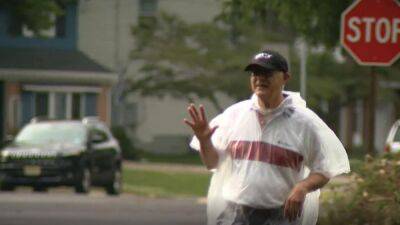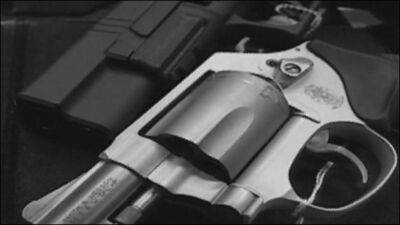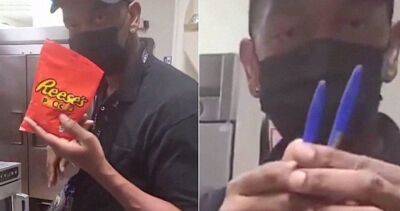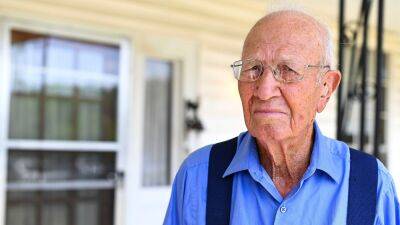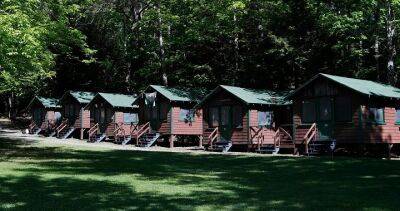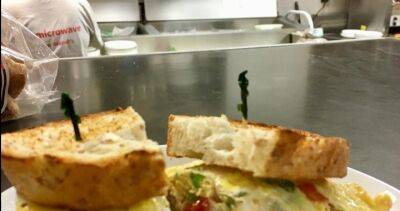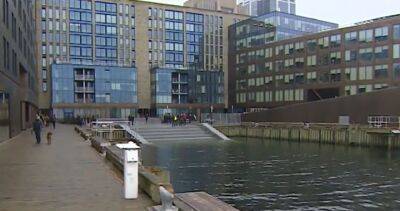Stop the waste and save your wallet: Budget-friendly ways to keep cool during heat waves
Sealed, a company focused on affordable and efficient ways to beat the heat. Most of that waste comes from air leakage, poor insulation and old, inefficient HVAC systems.While it may look pretty, glass is not an insulator.
According to Sealed, 10-25% of thermal energy loss happens through windows."Windows and doors are some of the top trouble spots that you can actually address yourself that are really big contributors to heating and cooling loss," said Lauren Salz, the company's CEO and co-founder.Close-up of a Robertshaw wall-mounted digital thermostat, reading 71 degrees Fahrenheit, photographed at a residence in Lafayette, California, April 2, 2021. (Photo by Smith Collection/Gado/Getty Images) Something simple like blackout shades can block heat and light during the summer and help reduce utility bills and greenhouse gasses. "I use them in my son’s nursery to block out light, heat during the summer and cold during the winter to make it as comfortable for him as possible, but you can use them in any room in your house to keep it cooler during a heatwave," Salz said.HOW TO TELL THE DIFFERENCE BETWEEN HEAT EXHAUSTION AND HEATSTROKECosts for high-end blackout shades and curtains can run upwards of $100, but you can find blackout curtains for less than $20 at almost any major retailer. "If you’re not in the market for buying blackout curtains, if you’re handy with a sewing machine, you can make your own by adding blackout liners to your current curtains," she said.If you want to supercharge things, you can buy thermal curtains, which are heavier than blackout curtains.WHAT IS THE 'FEELS-LIKE' TEMPERATURE?Thermal curtains have either double- or triple-layered heavy fabric with a thick backing of insulating material.
Read more on fox29.com